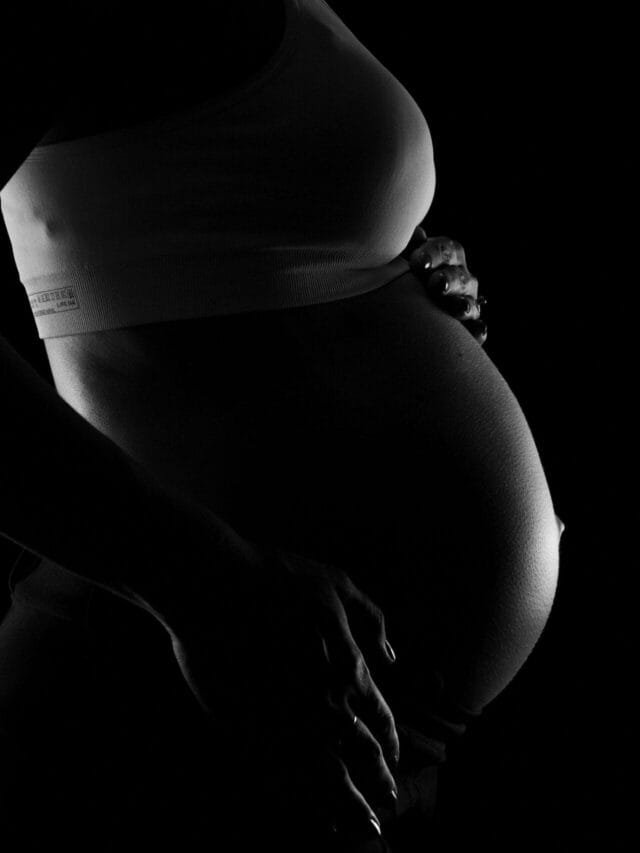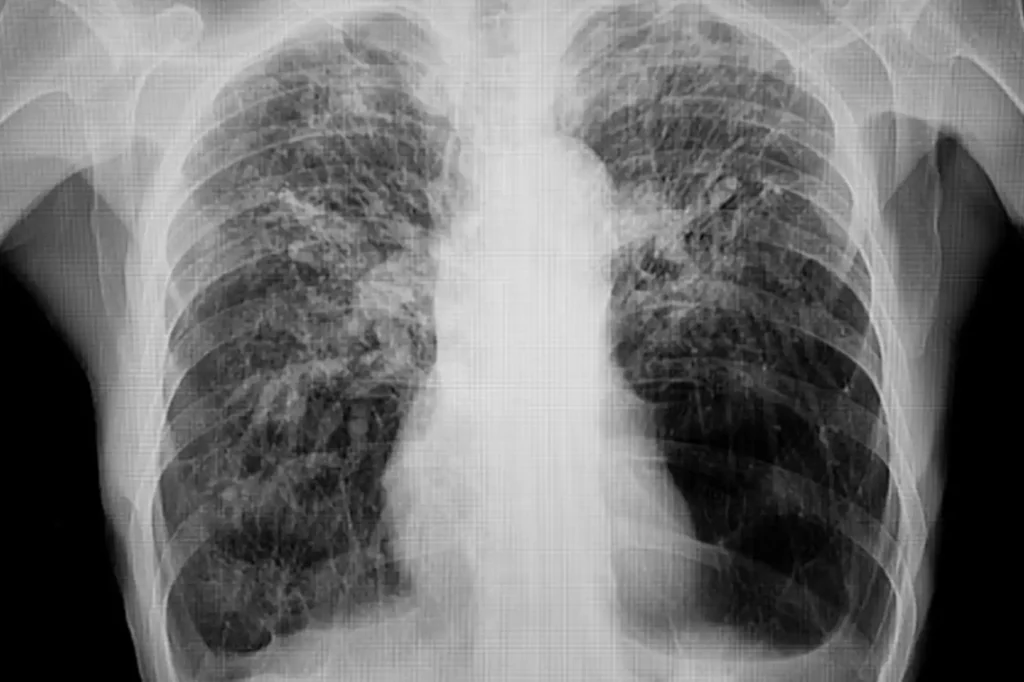Navigating Your Wellness Journey with Expert Care
“Embark on with Health”
This procedure is very effective Hair Transplant Before and After
Understand FUE vs FUT, post-op care, common mistakes, and what results you can expect at each stage from shedding to…
How to Become a Neurologist? A Complete Guide
NEUROSCIENCE How to Become a Neurologist? A Complete Guide Become a Neurologist: Your Complete Guide. Discover the world of neurology…
Myasthenia Gravis ICD 10: Accurate Diagnosis and Effective Management
NEUROSCIENCE Myasthenia Gravis ICD 10: Accurate Diagnosis and Effective Management Learn about the Myasthenia Gravis ICD 10 code G70.0 and…
Dissociative Fugue: Types, Causes, Symptoms and Treatment
NEUROSCIENCE Dissociative Fugue: Types, Causes, Symptoms and Treatment Dive into the world of Dissociative Fugue with our comprehensive guide. Learn…
AI Technology to Treat Complex Aortic Disease and What is Aortic Disease?
HEALTH BLOG AI Technology to Treat Complex Aortic Disease and What Is Aortic Disease? Discover how AI technology revolutionizes the…
Auther's Pick
Does Insurance Cover Invisalign? Unlock Affordable Smiles Today
How Does insurance cover Invisalign? Yes, many dental insurance plans…
Queen of Russia Before and After Cosmetic Surgery: The Untold Transformation
Discover the captivating journey of the Queen of…
Fairlife Protein Drink: The Ultimate Choice for Nutrition and Taste
HEALTH BLOG Fairlife Protein Drink: The Ultimate Choice…
Does Insurance Cover Hearing Aids: Here’s How to Save Big on Costs
Learn Does insurance cover hearing aids? The answer…
Follow US
What Is the McDonaldland Shake Flavor
The McDonaldland Shake flavor was a limited-time milkshake from McDonald’s in the…
Most Read
Discover Categories
Latest Updates
How Old Should You Be to Drink Powerade?
Learn about the drink's sugar content, absence of caffeine, and how it compares…
Azelastine Nasal Spray Prevents COVID-19
Clinical research also suggests that Azelastine Nasal Spray Nasal Spray prevents COVID-19 by…
Why Tuberculosis Cases in Maine Underreported More in 2025
You’ll also learn about TB testing, diagnosis, treatment, and prevention measures available in…
Joe Biden Scar on Head: What’s the Real Reason
Today, Biden continues to serve as U.S. President, with the scar symbolizing his…
Is This True of Lions Morris Norris injury
Explore the broader tactical and morale effects on the Lions’ offense. Whether you’re…
What Is the McDonaldland Shake Flavor
Though discontinued in the 1980s, it remains one of the most talked-about retro…
Famous Conjoined Twins Abby and Brittany Hensel Age
This blog explores their age, biography, education, career, and life lessons that continue…
How Is Legionnaires Disease Spread
You’ll learn how aerosolized droplets from showers, cooling towers, and hot tubs increase…
Is That True Can Salmonella Be Caused by Eggs
You’ll learn safe handling practices, proper cooking methods, and when to use pasteurized…
Ozempic Teeth Decay Risks and Prevention
Early signs include tooth sensitivity, bleeding gums, and persistent dry mouth. With proper…

Find Pregnancy Related Tips Blogs!
Famous Conjoined Twins Abby and Brittany Hensel Age
Abby and Brittany Hensel are 35 years old in 2025, born on…
How Is Legionnaires Disease Spread
Legionnaires disease is not spread person-to-person but through inhaling water droplets containing…
Is UTI a Sexually Transmitted Disease?
STDs, on the other hand, spread through sexual contact and involve different pathogens. This guide explains the difference between UTIs and STDs, symptoms to watch for, and when to seek…
How to Treat Pelvic Inflammatory Disease (PID)
Pelvic Inflammatory Disease (PID) is a serious infection affecting women’s reproductive organs,…
Azelastine Nasal Spray Prevents COVID-19
Azelastine Nasal Spray is a fast-acting antihistamine spray for allergy relief. It…
Why Tuberculosis Cases in Maine Underreported More in 2025
Tuberculosis cases in Maine remain rare, but the Maine CDC tracks each…
Joe Biden Scar on Head: What’s the Real Reason
Today, Biden continues to serve as U.S. President, with the scar symbolizing his resilience and survival. This guide explains the full story behind Joe Biden’s head scar, his health journey,…
Is This True of Lions Morris Norris injury
Maurice Norris’s recent injury, officially diagnosed as a Grade II hamstring strain,…
Does Insurance Cover Therapy?
Understand in-network vs out-of-network coverage, common insurance terms, and resources for free…
Best Yoga Poses for Stress Relief: Find Your Inner Calm
With step-by-step instructions and breathing techniques, this guide helps you unwind and…
6 Natural Remedies for Anxiety: A Holistic Solutions
Discover the most effective natural remedies for anxiety to help you feel calmer and more in control. This comprehensive guide covers herbal solutions like chamomile and lavender, mindfulness practices, exercise tips,…
How Much Is the Average Asbestos Lawsuit Settlement Amount?
These settlements are a vital source of financial support for individuals suffering…



































